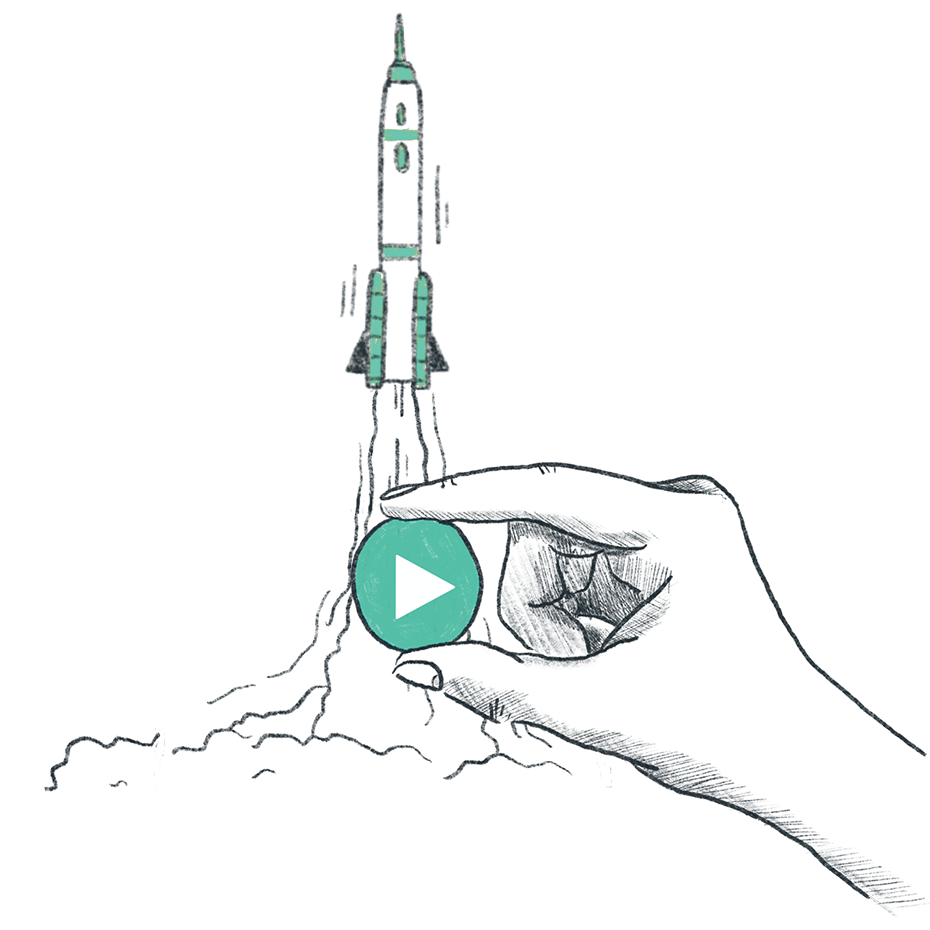It happens more often than not: companies with growing pains seek solutions in digitization. Teams choose tools and applications and after a year they only half use them. Or no more at all. Because in such a digital system, you have to put in work and type in data. While you might as well memorize them that way, or quickly pen them on a piece of paper. Only … where was that again? What did you have to remember now? And before you know it, you spend 15 minutes looking. Or does your colleague turn all over your desk to find that post-it when you’re just not there. Also lost 15 minutes. Do the math.
Here’s why process optimization is important, especially before digitizing, and how best to go about it.
Little time? Click through to:
Process optimization pays off more than you think
We all know it: we skip the tedious input work for a while. We take a shortcut to fast forward. We send out an offer without consultation to still get that customer. We work around processes to get results faster.
And yet. Yet it appears that so much value is lost.
Specifically, those of expensive tools and applications, purchased to actually make the job easier. Typically, we see growth companies with an underappreciated digital journey that they did not look closely at the underlying processes beforehand. Those clients typically have
An example from my own store:
A client in the international staffing industry didn’t quite understand why they were losing so many candidates.
The causes appeared after investigation:
- Unclear agreements between recruiters in different countries,
- Shortage of data in the digital tool.
Because candidates were not kept informed of their status, they often accepted proposals from competitors.
The solution:
- Clear process steps per milestone in digital tool,
which is now not only used by value, but even expanded; - Commitment to data input,
which arose when it turned out that a synchronized measurement of the effective extra work came to only 8h per year – only a fraction of the time gained by the data input just now; - Description of roles & responsibilities.
The result:
- Candidates know where they stand,
they are notified if a step takes longer than anticipated; - Everyone in the organization knows which vacancies need extra attention and what stage an application is at, and can therefore move and respond more quickly.
Processes must be lean and free of waste
Making digitization a success therefore requires that the processes to be digitized are optimal.
In jargon, this is called: they must be lean and free of waste.
Processes consist of successive actions that produce a service or product.
Lean is a way of working in which all processes create value. Any form of waste has to go.
Waste is about that waste: it is all actions that do not add customer value. In other words, all actions that the customer does not want to pay for. And there are more of them than you might think at first glance: think of complaint handling, overstocking, duplication of effort, etc….
An example is a file that goes back and forth between two departments three times: everyone can see that this is not efficient, but, “It works, so we do it this way.” Employees who know the system well will take shortcuts if necessary, be more flexible with the process or do anything to satisfy a customer.
If those redundant process steps go along with digitization, then
Therefore, processes must be optimized and standardized before you can digitize. Therefore, you need to think very critically about every deviation from the standard: why does the exception exist, how often does it occur, what is a possible alternative course of action?
Techniques and tools to improve processes
To do that research, to make problems understandable, to describe processes, to optimize and standardize numerous techniques and tools exist. We use these powerful techniques, among others:
1. Value stream mapping
What?We follow a product or service through the entire process. At each step, we map out whether and how that step adds value.
Benefits?An example from my own store:
A client has a top salesman who sells many projects at good prices. Still, the overall margin remains surprisingly low.
The cause appeared after the mapping:
- Sales are always made with exceptions to the rule to maximize customer satisfaction
- Personalization by customer cannot be processed by the system
This requires a lot of manual work and red tape per sale. And that in turn wastes time and increases the margin of error.
The solution:
- Optimization and standardization – by agreement – of capabilities in the system
- Condition for any sale: meet some parameters
The result:
- Greater efficiency in administration
- Higher margin

Through the eyes of customers, we look at every contact moment with the company. How that contact occurs, at what time, what customers then expect and how they experience that contact.
Benefits?3. SIPOC
What?We look
- What exactly you need per process step, that’s the input,
- Where that input comes from,
- available to you after the process step, the output, and
- where the output goes.

An example from my own store:
A national jewelry chain was on the brink of bankruptcy, mainly because of too much inventory of products that were not being sold.
The cause appeared after the SIPOC:
- placing orders from habit
- too much focus on day sales
- insufficient analysis of trends by product family
- no visibility into inventory management and cash flow
- no forecast
The solution:
- data maintenance
- data analysis of sales figures in relation to inventory
- data analysis compared to last year to better forecast
- Setting KPIs
- strict weekly and monthly budgets
The result:
The company was spared bankruptcy and was able to relaunch with new management .
Depending on case and situation, you choose from a much larger arsenal of tools to improve processes with. This is not only important if you want to automate or digitize, but serves to improve the overall efficiency of your business. Do your
OGSM business plan
so plans for digitization, keep that in mind!
Or optimize your key processes together with us:
JDI uses methods and techniques with a proven track record. Together we choose which one best suits your organization. Contact us for an initial no-obligation consultation:
Whether you want to digitize or not, efficiency gains are guaranteed with process optimization!



